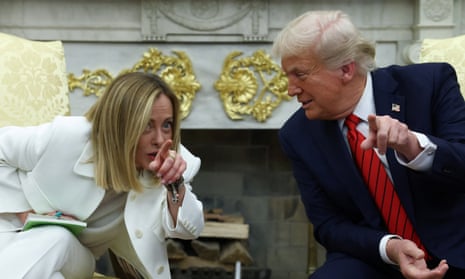President Donald Trump has ramped up pressure on China to offer tariff reductions in exchange for easing the trade conflict between the two countries. Trump emphasized that the next move rests on China, urging Beijing to present an offer to resolve the dispute.
China, however, has stood firm, responding with a retaliatory 125% tariff on all U.S. goods in reaction to the U.S. imposing a 145% tariff on Chinese imports. Despite the intense tensions, Chinese leadership, including President Xi Jinping, remains resolute, expressing confidence that the Chinese public can withstand the economic challenges brought on by the trade war.
The standoff between the two economic giants has had significant ramifications for global markets. Chinese airlines have halted the delivery of ten Boeing Dreamliners, citing the excessive costs resulting from the U.S. tariffs. Additionally, international businesses and investors are closely monitoring the trade war’s impact on global supply chains and market stability.
While Trump has repeatedly urged China to negotiate, Chinese officials have shown no sign of backing down, insisting that they are not willing to accept unfair terms. As both nations dig in their heels, the trade dispute continues to disrupt markets and test the global economic order.
The situation remains fluid, with the possibility of more negotiations or escalations on the horizon. This ongoing trade war highlights the growing tension between the two superpowers and the broader implications for international trade and diplomacy.











